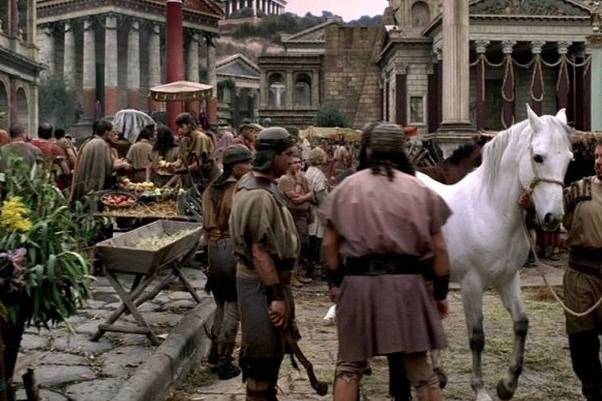

How important was Pompeii to the Roman Empire before the destruction? Before the destruction in 79 AD, Pompeii was a thriving and strategically significant city in the Roman Empire. Its importance can be understood in various aspects:
Economic Importance:
Pompeii was strategically located near the Bay of Naples, which made it a crucial center for trade and commerce. The city served as a hub for the transportation of goods, and its port facilitated trade with other Mediterranean regions.
Agricultural Productivity:
The fertile volcanic soil in the surrounding area made Pompeii an agriculturally productive region. The city was known for its vineyards, olive orchards, and other agricultural activities.
Cultural and Social Center:
Pompeii was not just an economic powerhouse but also a cultural and social center. It boasted numerous public buildings, temples, theaters, and an amphitheater, showcasing the wealth and sophistication of the Roman lifestyle.
Tourism and Recreation:
The city was a popular destination for Romans seeking leisure and recreation. People from all over the empire visited Pompeii for its baths, theaters, and numerous entertainment facilities.
Strategic Location:
Pompeii’s location on the Bay of Naples provided it with strategic importance for the Roman military. The city could serve as a naval base and was positioned to defend against potential maritime threats.
Residential and Commercial Hub:
Pompeii was not only a commercial center but also a densely populated city with numerous residential buildings. The population engaged in various trades, contributing to the overall economic prosperity.
Religious Significance:
The city had several temples dedicated to Roman deities, contributing to its religious importance within the empire.
Overall, Pompeii played a multifaceted role in the Roman Empire, contributing significantly to its economic, cultural, and strategic aspects. The city’s destruction by the eruption of Mount Vesuvius in 79 AD had a profound impact, preserving the remains in a remarkably well-preserved state and providing valuable insights into daily life in ancient Rome.




